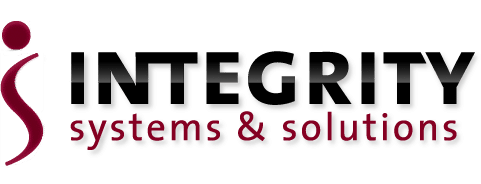
By: Michael Vincelette on June 16th, 2025
The Countdown to Windows 10 End of Life: Why Waiting Is a Risk
As the October 2025 end-of-support date for Windows 10 approaches, healthcare organizations must start preparing now. Continuing to rely on unsupported systems can put your practice at serious risk — from cybersecurity threats to regulatory violations and operational disruptions.
Here’s why waiting is not an option — and how transitioning to Windows 11 can protect your practice.
- Security Risks
Once Microsoft ends support for Windows 10, systems using Windows 10 will no longer receive critical security patches and updates. This creates a major vulnerability, especially in healthcare, where practices manage large volumes of sensitive patient data.
Without ongoing protection, systems are more exposed to ransomware, malware and other cyberattacks. A breach could compromise patient trust, interrupt care delivery and trigger costly recovery efforts. In an industry where privacy and reliability are paramount, delaying the upgrade opens the door to unacceptable risk.
- Compliance Challenges
Healthcare practices must comply with strict data protection standards, including HIPAA, PCI, and state-specific regulations. Using unsupported software like Windows 10 post-2025 can result in non-compliance due to the lack of modern security safeguards.
Non-compliance not only brings financial penalties but can also damage your reputation and create legal liability. Upgrading to Windows 11 helps ensure that your systems meet current regulatory standards, making compliance easier to maintain and document.
- Compatibility Issues
As software developers focus on optimizing for newer platforms, many essential tools and healthcare applications may stop working reliably on Windows 10. Over time, you may encounter compatibility issues that affect everything from patient record systems to imaging software and communication platforms.
These issues can lead to workflow disruptions, increased support requests, and productivity loss for your team. Windows 11 is designed to work seamlessly with modern tools and technologies, ensuring your systems stay fast, responsive and interoperable.
- Increased Costs
What seems like a cost-saving delay can turn into a financial burden down the line. Running outdated systems often leads to:
- Emergency support and troubleshooting costs
- Fines from compliance violations
- Revenue loss from system downtime
- Expensive last-minute upgrades under pressure
Planning your transition to Windows 11 now ensures a smooth, budget-friendly process and avoids the stress and expenses of reacting too late.
The Bottom Line: Now Is the Time to Act
The countdown clock to Windows 10’s end of life is ticking — and the longer you wait, the greater the risk to your healthcare practice. Upgrading to Windows 11 ensures stronger security, continued compliance, better performance, and peace of mind.
Need Help Making the Transition?
Integrity Systems & Solutions specializes in healthcare IT and can guide your practice through every step of the Windows 11 upgrade — from planning and compatibility checks to installation and post-launch support. Schedule your free consultation today.


